The Immortal Mind, a new book by neurosurgeon Michael Egnor, MD, and science writer Denyse O’Leary, challenges some unexamined dogmas that dominate in science classrooms and popular media — especially materialism, the theory that mind, spirit, and the soul are simply illusions, and we are just meat machines. I devoured the book, and interviewed Dr. Egnor. The answers proved so interesting and extensive that I’m breaking it into three parts. Part I already appeared.
John Zmirak: How did your own practice plant doubts in your mind about the materialist consensus?
Michael Egnor: I have been fascinated by the brain and the mind since childhood, and in medical school I was enthralled with neuroscience and I studied neurophysiology and neuroanatomy voraciously. I believed that I could understand the human mind if I understood the brain. I decided to become a neurosurgeon in large part because of my fascination with the brain.
As I began neurosurgical practice, I routinely encountered patients with deficient brains from birth defects, trauma, strokes, tumors, etc. who were surprisingly normal people. Of course, sometimes brain damage causes severe disabilities, but not always, and my neuroscience textbooks never explained or predicted this.
A seminal moment for me was when I performed awake brain surgery on a woman with a left frontal lobe brain tumor. She had to be awake for the surgery (we used local anesthesia so she felt no pain) so I could map and protect the part of her brain that controlled speech which the tumor was near. I had to remove quite a bit of her left frontal lobe that was invaded by the tumor. We had a conversation throughout the operation, about the weather, her family, the hospital food, and so on. She was completely normal while I removed a part of her brain that the textbooks said was essential for higher thought, reason, etc.
I began to reconsider what I had been taught about the brain and the mind. I began studying the neuroscience literature and what I found supported my clinical experience — the brain does not explain the mind completely. However, although this is clear from the neuroscience evidence itself, the evidence was virtually never interpreted that way in the scientific journals. The materialist bias in the scientific literature was pervasive and misrepresented the evidence.
During this time, I also underwent a religious conversion to Christianity from atheism, which opened my mind to the evidence and helped me overcome my own materialist bias I had as a consequence of my education.
How the Mind Transcends the Brain
JZ: You show in the book that there are important pieces of evidence that undermine materialism, based in brain science. Could you please summarize the most important discoveries that invalidate materialism, in your view?
ME: Wilder Penfield was a pioneering neurosurgeon and leading neuroscientist who worked in the mid 20th century. He began his 40-year career with the question: “Does the brain explain the mind completely?” Early in his career he answered, “Yes, it does.” By the end of his career, he answered, “No, it doesn’t.” He started out as a materialist and ended as a dualist who saw compelling evidence for the soul. This is my story too.
The first thing Penfield noticed is that in all of the medical research on seizures, there has never been a report of a seizure that caused abstract thought. This is still true today. Seizures are random activations of the brain. Sometimes they cause unconsciousness, but when people remain conscious, they only have one or more of four symptoms: muscle movements, perceptions, memories, or emotions. People never have abstract thought as a seizure — there are no arithmetic seizures or philosophy seizures or morality seizures.
Why No Mind Seizures?
Penfield asked: “Why are there no mind seizures?” By mind, Penfield meant abstract thought seizures, reason seizures, math seizures, etc. It’s a great question. After all, much of our time is spent thinking of abstract things (like the topics in this article), but seizures never evoke thoughts like these. Penfield concluded that the most parsimonious explanation for this scientific fact is that abstract thought doesn’t come from the brain.
Abstract thoughts — reason, concepts, morality — are spiritual thoughts, not material thoughts. Penfield explored this evidence in awake brain surgery, in which he stimulated and mapped the brains of 1,100 patients over 40 years. Never once did he evoke abstract thought in at least hundreds of thousands separate brain stimulations. He concluded, as I have, that abstract thought doesn’t come from the brain. It comes from our spirit.
Another line of evidence is from split-brain surgery. There are rare kinds of seizures for which the best treatment is an operation called corpus collosotomy, which I’ve performed. Neurosurgeons cut nearly all of the connections between the brain hemispheres to prevent small seizures from spreading from one hemisphere to the other and causing big seizures. It works well. Many neuroscientists have studied these split-brain patients carefully, because they can learn important things about how the brain works when the hemispheres are isolated from one another. One of the neuroscientists, Roger Sperry, won the Nobel Prize for his research.
When We Split the Brain
Neuroscientists have found a remarkable thing: when we split the brain hemispheres apart, consciousness is not split. Split-brain patients have some perceptual splitting (e.g., they can’t name objects shown to the brain hemisphere that doesn’t generate language), but their ability to make concepts and use reason and logic remains completely unified.
Several researchers, most notably Alice Cronin-Golomb at MIT, have shown that split-brain patients can make conceptual connections between images presented separately to disconnected hemispheres, despite the fact that no part of their brains have seen both objects! For example, when split-brain patients are shown a picture of an artist’s palette to one hemisphere, and a picture of a violin to another hemisphere, they know that both pictures are examples of art (painting and music), although their hemispheres are disconnected and no part of their brains have access to both images.As neuroscientist Yair Pinto from the Netherlands points out, in split-brain patients, consciousness is unified, despite split perception. Surgeons can split our perceptions, but not our conceptions. We can cut perceptional abilities with a knife, but we can’t cut reason and abstract thought, because consciousness and reason are spiritual, not material, abilities.
This unity and immateriality of reason and other kinds of abstract thought show up in other remarkable studies, including studies of conjoined twins who share brain connections and can see out of each other’s eyes, move each other’s limbs, and feel each other’s skin, but who have completely separate personalities and separate capacities for reason and free will. The immateriality and spirituality of the human soul also show up in studies of patients in the deepest levels of coma who can still think and communicate with examiners, in studies of free will that show that the ability to freely decide is to a real extent independent of the brain, and in remarkable studies of near-death experiences.
Cross-posted at The Stream.








































